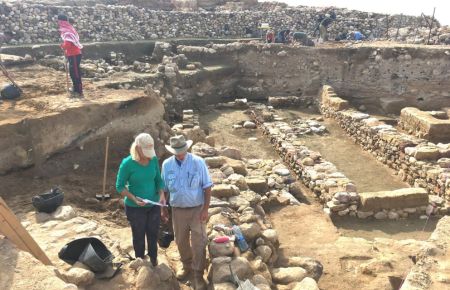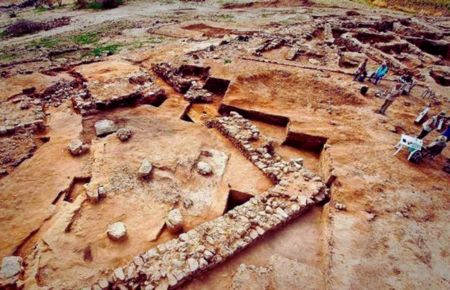Sodom and Gomorrah, two ancient cities often shrouded in mystery, have become synonymous with sin, vice, and divine retribution. These cities, which are mentioned in several religious texts, including the Bible, have fascinated theologians, historians, and archaeologists for centuries. The tale of their destruction serves as a powerful narrative in religious tradition and a reminder of the consequences of moral decay and societal corruption.
Ancient Cities of Sodom and Gomorrah
In ancient times, Sodom and Gomorrah were part of the “Cities of the Plain,” a group of five cities situated near the Dead Sea, according to the Bible. The exact locations of these cities have been debated among scholars, with some proposing that their remains lie beneath the southern basin of the Dead Sea. The story of their demise, as narrated in the Bible, has left an indelible mark on human culture, shaping moral teachings and influencing the arts for millennia.

Geographic Location and Historical Context
Understanding the geographical and historical context of Sodom and Gomorrah is crucial to grasping the full significance of their story. The cities were reportedly located in the Jordan Rift Valley, a region that has witnessed significant geological activity over the millennia. The proximity to the Dead Sea, one of the earth’s most geologically active areas, has led to various theories about the nature of their destruction.
The Bible describes Sodom and Gomorrah as cities that were flourishing economically, suggesting a period of wealth and prosperity. However, this prosperity was accompanied by rampant immorality, which ultimately led to their downfall. Historically, this narrative aligns with the Bronze Age, around 2000-1500 BCE, a time when many city-states in the Near East were thriving but also experiencing various forms of social and moral challenges.

Archaeological Evidence and Debates
Archaeologists have long sought to uncover the physical remnants of Sodom and Gomorrah, with varying degrees of success. Numerous excavations in the region have yielded findings that some believe could be linked to the fabled cities. For instance, the sites of Bab edh-Dhra and Numeira, located southeast of the Dead Sea, have been proposed as potential locations for Sodom and Gomorrah. These sites show evidence of sudden destruction, which aligns with the biblical narrative.
However, the identification of these sites as Sodom and Gomorrah remains controversial. Some scholars argue that the evidence is inconclusive, while others point to the absence of clear historical records linking these sites to the cities in question. Despite these debates, the search for Sodom and Gomorrah continues to captivate the imagination of researchers and enthusiasts alike, as they seek to uncover the truth behind these ancient cities.


